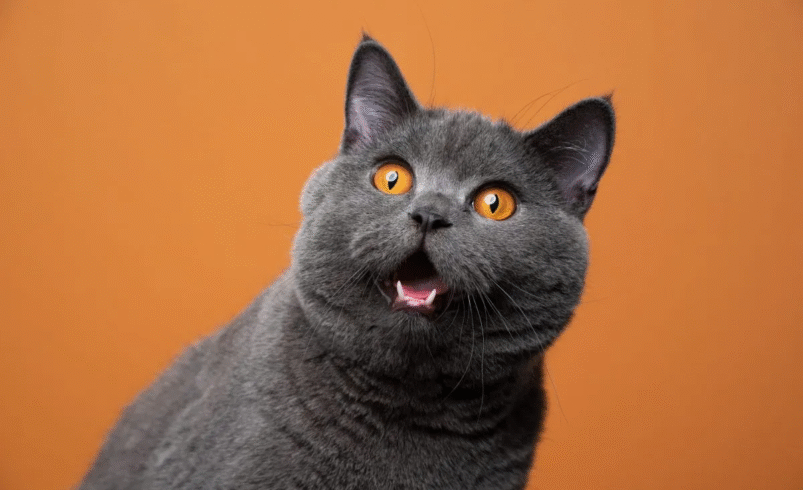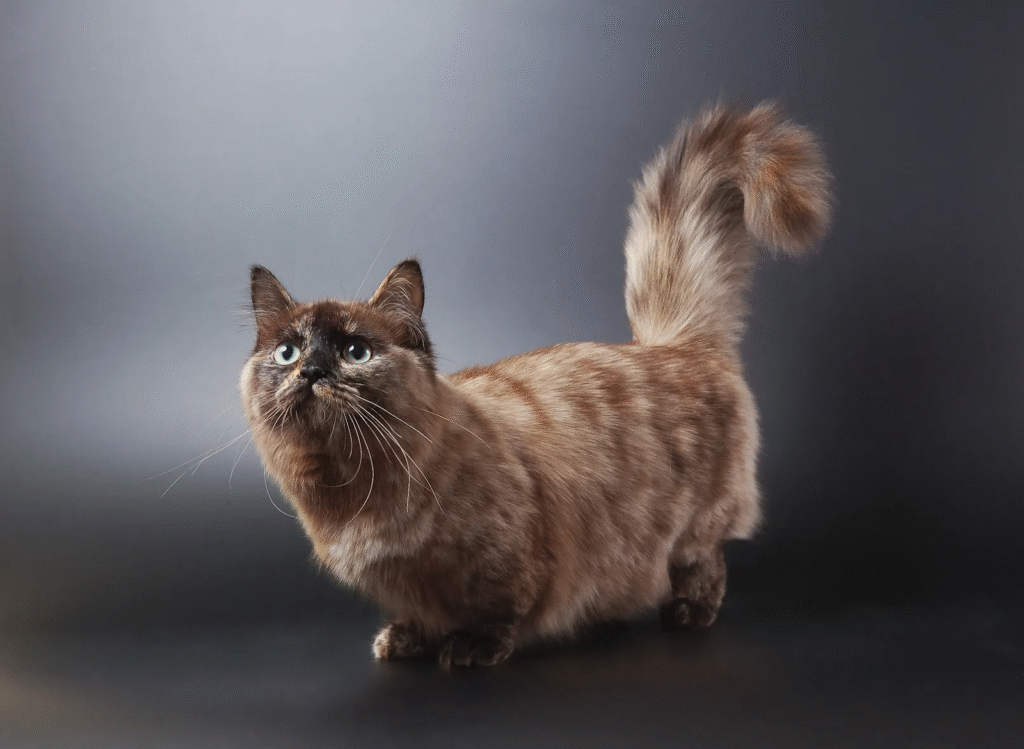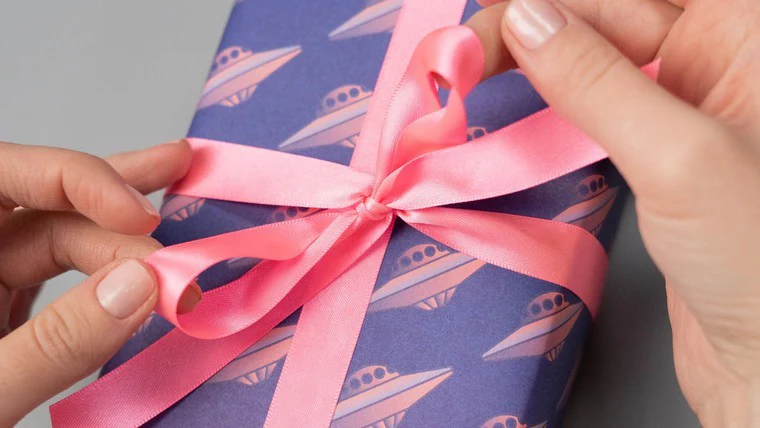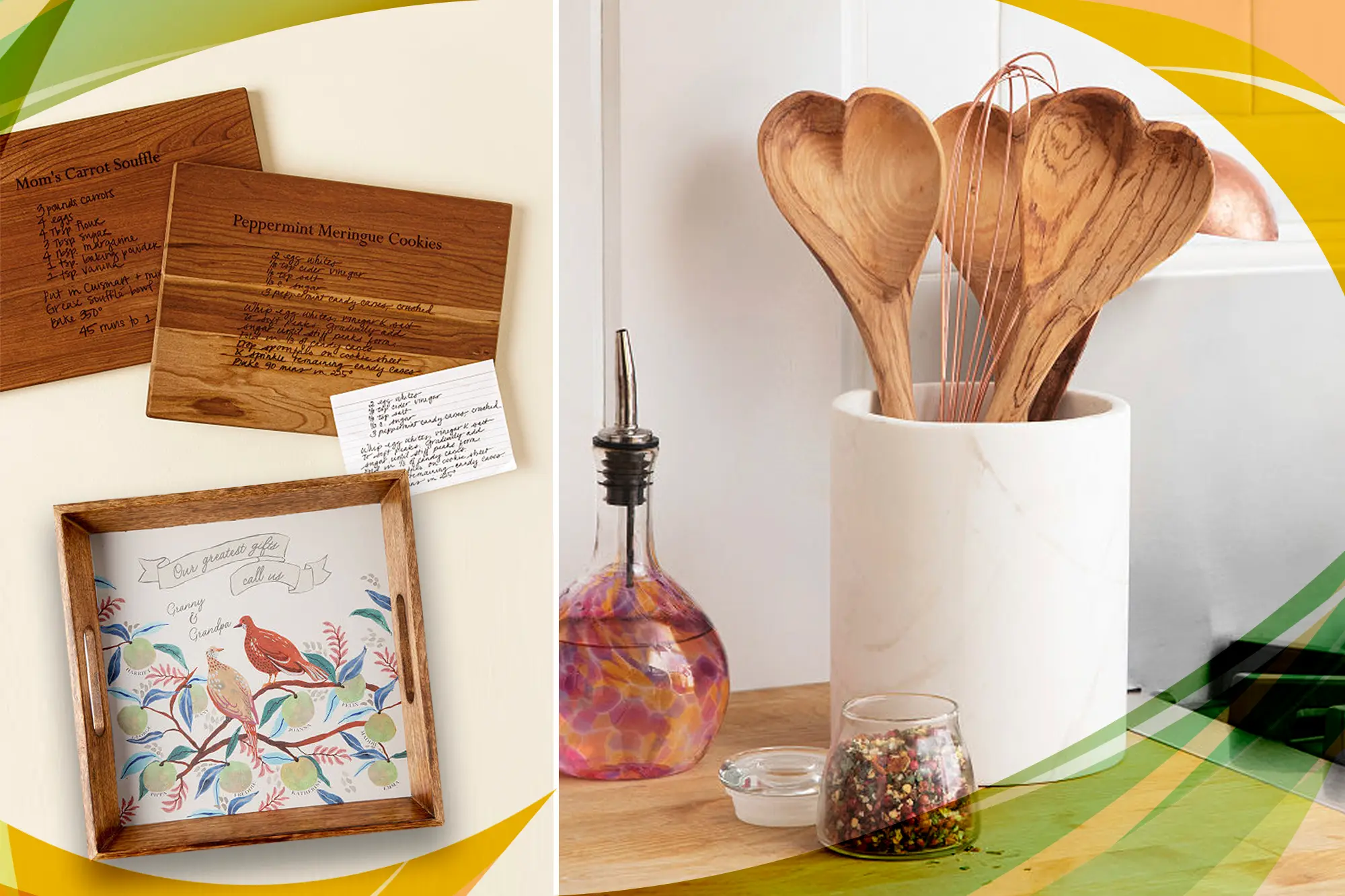British shorthair vs munchkin cats: breed profiles, traits & care, and colours

When you’re considering adding a pedigree cat to your home, it helps to understand how different breeds compare. Two strikingly distinct breeds are the British Shorthair and the Munchkin. The former is known for its solid, plush build and calm temperament; the latter is prized (and sometimes controversial) for its short legs and playful energy. Below we compare their origins, physical traits, personality, care requirements, and accepted colour varieties.
Origins and breed history
British Shorthair. The British Shorthair is an ancient breed from the UK, descended from domestic cats kept for mousers and barn cats. Over time, breeders selected for a robust, cobby body, a round head, and a dense, crisp coat. The classic “British Blue” became iconic, though today many colours are recognized. British Shorthairs mature slowly, often only reaching full physical and temperament maturity by the age of three.
Munchkin. The Munchkin is a relatively modern breed. Its defining trait, very short legs — derives from a spontaneous genetic mutation affecting limb length but not other body proportions. Although dwarf cats had been observed earlier, intentional breeding and naming of the Munchkin began in the United States in the 1980s. Because of its unusual conformation, the breed has been somewhat controversial among breeders and associations; some registries limit showing or recognition.
Physical characteristics
Size, body & structure
- British Shorthair: Medium to large, muscular, with a broad chest, thick neck, strong limbs and a comparatively short, thick tail. They have round heads, chubby cheeks (especially in mature males), and large, round eyes. Their growth is slower than many other breeds.
- Munchkin: With noticeably short legs due to their dwarf gene, Munchkins have a low-slung appearance. Otherwise, their bodies are proportionate, with a standard torso, head, and tail. Some Munchkins may be longhaired or shorthair. Their movements are often described as somewhat ferret-like due to their low clearance from the ground.
Coat & colour varieties
British Shorthair. The breed is famous for its dense, plush, crisp-textured coat. The accepted colour palette is broad and includes solid colours (blue, black, white, red, cream, chocolate, lilac, cinnamon, fawn), tabby patterns (classic, mackerel, spotted, ticked), tortoiseshell and calico, bi-colour, silver, golden, shaded/tipped, and colourpoint variants in some registries. Eye colour often complements coat: copper or amber eyes in many solids, green in silvers, and blue in pointed cats.
Munchkin. Munchkins can present in many coat lengths and patterns, shorthair or longhair and virtually any domestic cat colour or pattern. Solids, tabbies, tortoiseshells, bi-colours, pointed, shaded, and smoke varieties are all found. Their colour range is less restricted by breed standards than in many other pedigree cats.
Temperament, behaviour & personality
British Shorthair. British Shorthairs are known for their calm, steady, and dignified disposition. They are affectionate but not overly demanding, preferring to sit beside their humans rather than constantly being held. They enjoy moderate play but are not hyperactive, and they adapt well to indoor apartment life. Cat behaviour consultant Marilyn Krieger has described them as “sweet, laid back, and loyal companions.”
Munchkin. Munchkins are outgoing, playful, and curious. They retain kitten-like energy and activity levels even into adulthood. Many enjoy running, chasing toys, and exploring. Some even sit upright on their haunches like rabbits to survey their surroundings. They interact readily with people, children, and other pets. However, their short legs make high jumping more challenging, so their playstyle is often closer to ground level.
For prospective owners, it’s common to encounter ads mentioning british shorthair price, but one should always verify the breeder’s reputation and demand health screening information.

Health considerations & lifespan
British Shorthair. These cats are relatively robust if responsibly bred, with an average lifespan of 12–16 years. Common health concerns include hypertrophic cardiomyopathy (HCM), a genetic heart condition, and obesity. Because British Shorthairs can be sedentary, portion control and exercise are critical for keeping them healthy.
Munchkin. Munchkins generally live 12–15 years or more, but their unique body structure brings special considerations. Their shortened legs may predispose them to joint or spinal issues such as arthritis or lordosis. Still, many Munchkins live normal, active lives when bred responsibly. Screening for orthopedic problems and avoiding breeding cats with severe deformities is essential.
Care and daily management
Grooming & coat care
- British Shorthair: Weekly brushing suffices for their thick coats. Extra grooming during shedding seasons keeps the coat healthy.
- Munchkin: Grooming depends on hair length. Shorthairs require minimal brushing, while longhairs benefit from regular combing to prevent tangles.
Exercise & enrichment
- British Shorthair: Moderate play with wands, puzzles, or climbing furniture is sufficient. They should be encouraged to stay active to prevent weight gain.
- Munchkin: Active and playful, they thrive on interactive games and ground-level agility. Care should be taken not to overstrain their limbs.
Diet & veterinary care
Both breeds need a balanced diet rich in protein, portion control, and regular veterinary visits. Monitoring weight is particularly important for both to protect heart health in the British Shorthair and joint health in the Munchkin.
For those interested in availability, some breeders list kittens on sites such as https://www.kittensup4sale.com/munchkin, though careful checks of health standards and ethical practices are crucial.
Comparative table: British Shorthair vs Munchkin
| Feature | British Shorthair | Munchkin |
| Body type | Robust, cobby, muscular | Standard torso with short legs |
| Growth / maturity | Slow; up to ~3 years | Normal cat maturity |
| Coat & colours | Wide variety; plush, crisp coat | Any colour/pattern; short or longhair |
| Temperament | Calm, dignified, affectionate | Playful, curious, social |
| Grooming | Weekly brushing | Depends on coat length |
| Exercise needs | Moderate | High play drive, ground-based activity |
| Health risks | HCM, obesity | Joint/spinal stress, arthritis |
| Lifespan | 12–16 years | 12–15 years |
British Shorthair and Munchkin cats both make delightful companions, but they differ in key ways. The British Shorthair is calm, reserved, and easy to maintain, suiting those who want a dignified, low-maintenance companion. The Munchkin, on the other hand, offers lively, playful energy in a small-legged package, appealing to those who enjoy more interactive pets and are ready to monitor their mobility and health closely.
In terms of care, both breeds require attention to diet, grooming, and veterinary checks, though their needs differ in intensity. The British Shorthair is prone to weight issues and heart concerns, while the Munchkin requires monitoring for orthopedic health. Both, however, are affectionate and rewarding pets when responsibly bred and cared for.
Ultimately, whether you prefer the plush elegance of the British Shorthair or the spirited charm of the Munchkin, prioritizing health, ethical breeding, and long-term commitment will ensure a happy relationship with your feline companion.





